COVID-19 is killing people all over the world – some scientists say that it’s the worst plague in recent human history. But what does this have to do with climate change? The answer might surprise you…
For most of us, COVID-19 was an unexpected pandemic that took the world by surprise. It ushered in a global emergency response state that we are still hoping for a quick way out of. COXIT-19 if you will. Some blame governments for handling the situation poorly with political leaders focusing on short-term solutions that were never likely to work, or embracing the pandemic as an opportunity to implement measures aimed at further repressing and controlling their population. Others blame the pharma industry for their lack of solidarity with the poorer nations of the world, doing little to help reduce the global effects and spread of the virus.
At least the origins of COVID-19, or the Corona Virus as it’s more commonly known, seem clear enough.
So where did the Coronavirus come from?
According to WebMD, a medical website that specializes in providing health information, COVID-19 originated in bats, and was transferred to humans in one of Wuhan’s open-air “wet markets”.

In these markets, animals – including bats – are butchered and sold for food, and it is thought that the bat meat was contaminated with the virus.
This is not the only time that a virus has originated from an animal source. SARS (severe acute respiratory syndrome) which caused a global health scare in 2003, also originated from bats. It is not surprising that COVID-19 (also known as SARS-CoV-2) has been spreading so rapidly, as humans have no natural immunity to it.
“Some wet markets sell wild or banned species like cobras, wild boars, and raccoon dogs. Crowded conditions can let viruses from different animals swap genes. Sometimes the virus changes so much it can start to infect and spread among people.”
What does all of this mean for climate change?
Well, one of the most worrying aspects of climate change is that it is creating conditions that are ideal for the spread of viruses like COVID-19. As we know, steadily increasing temperatures are causing a whole range of problems: melting ice caps, rising sea levels, flooding, destruction, droughts, and heatwaves. It is estimated that one person per second is currently forced to relocate as a result of climate change.
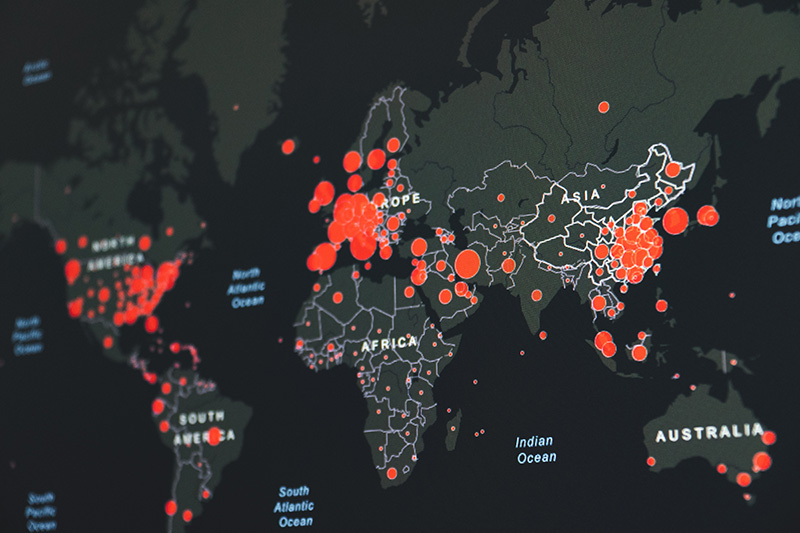
When you look at COVID-19 in this context, it is easy to understand why scientists are so concerned about the impact climate change is having on the virus. The increased temperatures caused by climate change are creating conditions where viruses can breed more easily than ever before. This allows viruses to spread more quickly through populations around the world, increasing their capacity for damage exponentially.
It’s not just viruses that are being affected by climate change – it’s also humans. Higher temperatures are causing more problems like heat stroke and dehydration which make people more susceptible to catching diseases like COVID-19.
In short, both climate change and COVID-19 are caused by human activities and are having a devastating impact on human populations around the world. It is long overdue that we collectively take responsibility for our actions and undertake the necessary steps to address climate change and COVID-19 before it is too late.
How effective has the response been to COVID-19?
Many people argue that it has not been as effective as it should have been. Some insist that governments need to take responsibility for how they have mishandled the situation and do more to protect people from diseases like this, and others in the future.
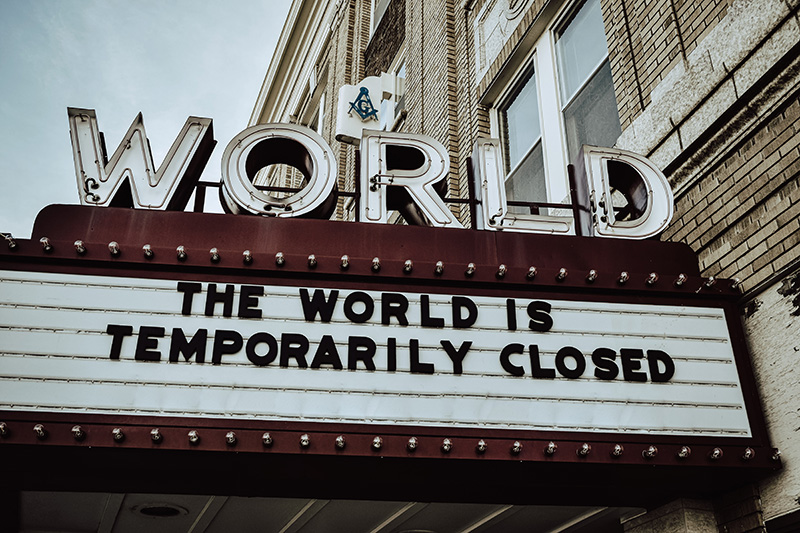
At this stage of the pandemic, vaccines have a limited effect in fighting corona. Their role as a reactive measure is critical, but rather than being proactive in containing the virus we seem to be playing catch up with COVID-19 and continue to put many people unnecessarily at risk.
Our capacity to deal with the effects of COVID-19 are as challenged as our efforts to prevent it. Hospitals and other medical centers are being overwhelmed with patients, so much so that many people are having to be turned away. This is putting an additional strain on our already stretched health care systems all over the world.
Nevertheless, it is important to remember that our response is a work-in-progress and we all hope that things will improve as we learn more about COVID-19. It is also worth noting that many people are taking preventative measures to avoid catching the virus, such as washing hands regularly, keeping distance, and avoiding large crowds.
It is still too early to know how effective our response will be in the long run, but it is clear that more must be done if we want to contain this disease and prevent it from causing further damage, or if we want to prevent new pandemics in the future.
The role of vaccines in fighting COVID-19
The current state of vaccines are unable to prevent infection with the corona virus. COVID-19 vaccinations are an unmissable ally in this evolving situation, however they are not enough for healthcare facilities and disease control units to effectively deal with the problem.
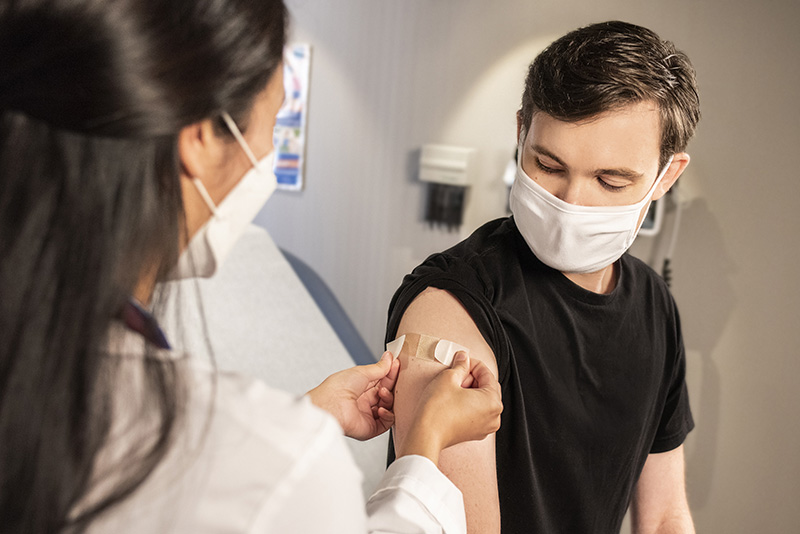
The corona virus disease and other climate change-related infectious diseases are difficult to tackle if we remain reactive instead of proactive. With people fully vaccinated with the Covid 19 vaccine still vulnerable to the effects of the infectious disease, we must look further than hoping for technology to solve our problems for us.
The symptoms of the infection can be significantly reduced by the use of the COVID 19 vaccine, but it is important to understand that this is not a complete solution. The prevention of an infectious disease such as COVID 19 needs to rely on a healthy environment and more information about sustainable ways for infectious disease control and prevention.
Even in communities where everyone is fully vaccinated with the COVID 19 vaccine, transmission of the virus remains possible. Reactive measures such as the COVID 19 vaccine need to be supported by effective preventative measures as well, which include other means of disease control and prevention such as wearing masks, sustainable systems, or the use of data to reduce risks.
What are other ways of preventing the spread of COVID 19?
In order to prevent disease control and prevention centers from being overwhelmed by spikes in acute infection cases, it is important to adopt effective preventative measures. Even contributing to curbing the effects of climate change in your community can help.
The response of communities in times like these can be the difference between life and death. Available resources should be used to support preventative measures and to continue testing, monitoring, and reporting symptoms which play an important role in controlling hospitalization and saving lives during the outbreak.
How is COVID-19 related to deforestation?
Deforestation is a significant global problem that has both environmental and social consequences. It is important to understand how COVID-19 is related to deforestation in order to mitigate the effects of both.
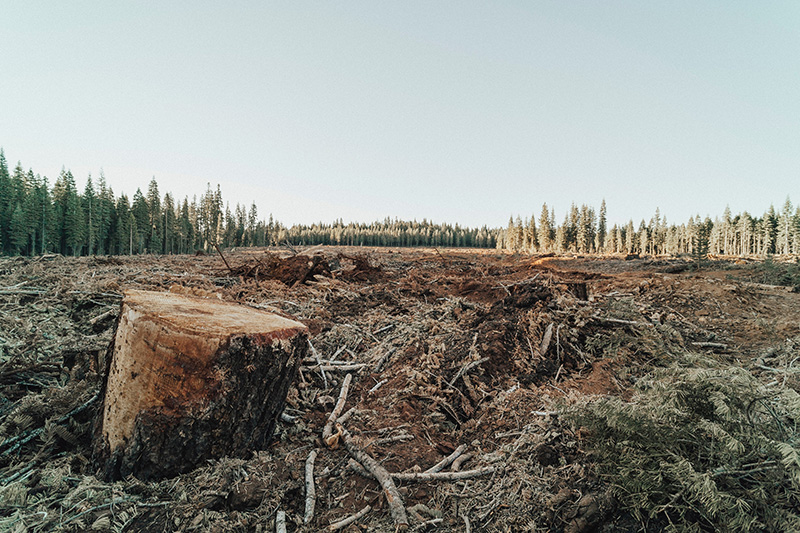
Deforestation can increase the transmission of COVID-19 because this destruction of ecosystems increases opportunities for humans and rare animals to come into contact with each other. This loss of natural habitats for animals also makes them more susceptible to contracting the virus. Finally, deforestation contributes to climate change which has a major impact on forced relocations, making it more difficult for people to avoid and recover from COVID-19.
How is COVID-19 related to meat consumption?
COVID-19 is a new corona virus that was first identified in 2019. The virus is believed to have originated from an animal, and the most likely candidate is bats. There is evidence that the virus may have spread to humans through contact with an infected animal, likely a livestock animal such as a pig or a goat. The virus has also demonstrated that it is capable of spreading through human contact and through the air that we breathe.
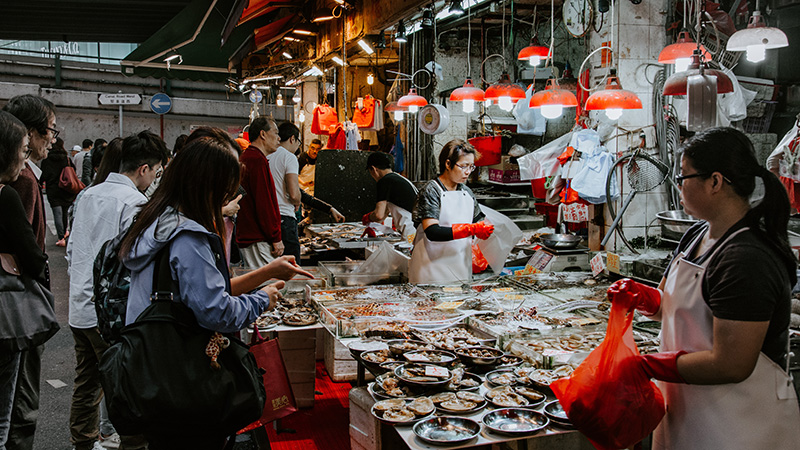
There is a strong link between COVID-19 and meat consumption. The majority of the early cases of COVID-19 were identified in people who had recently traveled to China, where the virus is believed to have started. In Chinese open-air meat markets, many different types of animals are kept close together before they are killed and sold as food. It is thought that these conditions catalyzed the spread of the new virus to other animals and eventually humans.
The link between COVID-19 and meat is likely compounded by the retreating habitat of secluded animal species whose unknown viruses find they way to mutate at our doorstep through deforestation, environmental destruction, unregulated markets, and international travel.
How is COVID-19 related to international travel?
The main route of transmission of COVID-19 is through respiratory droplets in the air. The virus can also be spread through contact with contaminated surfaces. Person-to-person transmission has been documented in a limited number of cases.
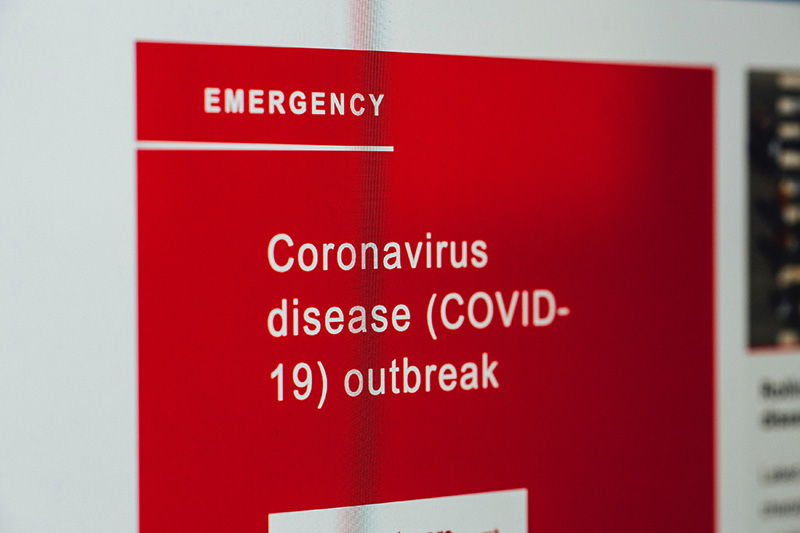
International travel has made it possible for the virus to spread at an outstanding rate. Our ability to go from one side to the world to another in a matter of hours, or to travel to several locations in a single day is a major catalyst for the corona virus.
This makes the spread of the virus much more likely, especially when travelers are not yet showing symptoms which is a characteristic of COVID-19 at the early stages of infection.
Despite precautions, there are cases reported of people who were sick with COVID-19 while they traveled. There have also been reports of virus transmission from sick people to other passengers on planes or ships.
Many travelers that get sick overseas don’t seek medical care right away. Even when people do seek medical care for their symptoms early on, they may be misdiagnosed because the common cold and COVID-19 can look similar to begin with. It can be several weeks before it is clear whether someone has, or has had, the virus.
How is COVID-19 related to pollution?
There is a growing body of evidence that suggests a strong relationship between air pollution and COVID-19. In a study published in The Lancet, researchers found that areas with high levels of air pollution were more likely to have outbreaks of the virus.
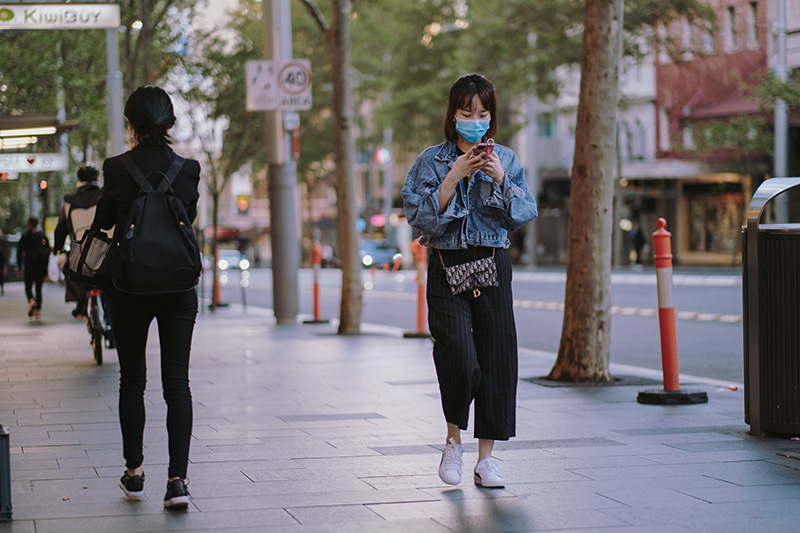
This is not the first time that air pollution has been linked to a serious health issue. Studies have shown that exposure to air pollution can increase the risk of heart disease, stroke, and cancer.
Researchers are learning that environmental pollutants can travel great distances. So smog-producing activities in big cities do more than just harm themselves.
Another study, published by the U.S. National Library of Medicine, found that infants living near major roadways had an elevated risk of hospitalization for asthma by the age of 3. There are many studies that show a clear link between pollution and health risks, which begs the question; how many more studies must be conducted before significant changes are actually made?
How is COVID-19 related to floods and droughts?
There is a clear and present link between the spread of COVID-19 and the increase in floods and droughts. The pandemic has strained the already limited resources in countries around the world, making it difficult for governments to provide aid to those affected by natural disasters. In addition to the public health emergency caused by COVID-19, these disasters represent a significant threat to people’s lives.
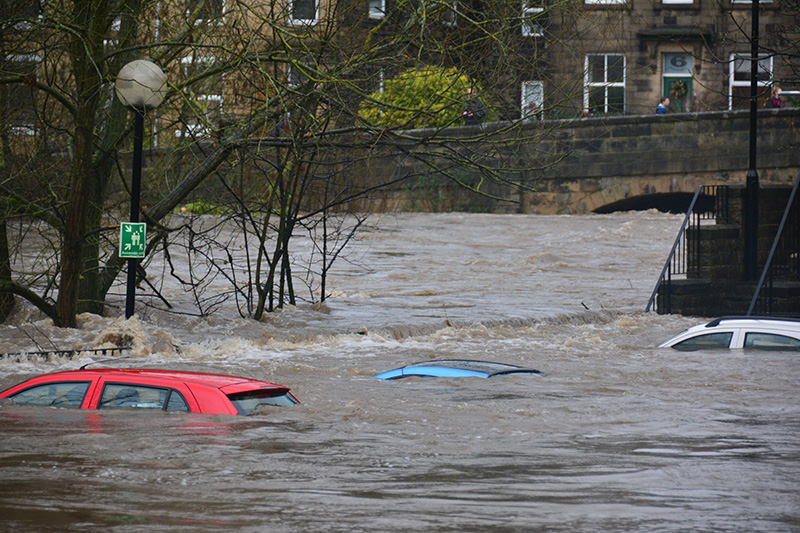
For example, in the Philippines there has been a significant increase in the number of both floods and droughts in recent years. In 2019, there were more than 2,000 recorded disasters, including floods, landslides, and typhoons. This was a significant increase from the previous year in which there were only 1,500 recorded disasters. The majority of these disasters are caused by extreme weather events which are becoming increasingly common due to climate change.
The connection between climate change and COVID-19 is concerning. With an increasing frequency and intensity of natural disasters putting lives at risk, it becomes more difficult to avoid or recover from the effects of COVID-19. In order to address these crises, a holistic approach must be embraced that includes both public health and climate action. It is critical that we invest in sustainable infrastructure and promote resilience planning so that communities are better able to withstand the effects of natural disasters. We must also reduce our greenhouse gas emissions to prevent further climate change.
It is clear that we are facing a global public health emergency with COVID-19, but we cannot forget other crises happening around the world. We need to take a holistic approach to address all of these emergencies, including climate change. If we fail to take action now, the future looks bleak for millions of people around the world.
The link between weaker immune systems, climate change, and disease control
The immune system is a natural defense against harmful substances. When an invader like SARS-CoV enters through your airways, they damage your cells by taking over their machinery and making more copies of themselves. The body in turn releases signaling proteins called cytokines that communicate with other cells to activate certain responses against foreign invaders.
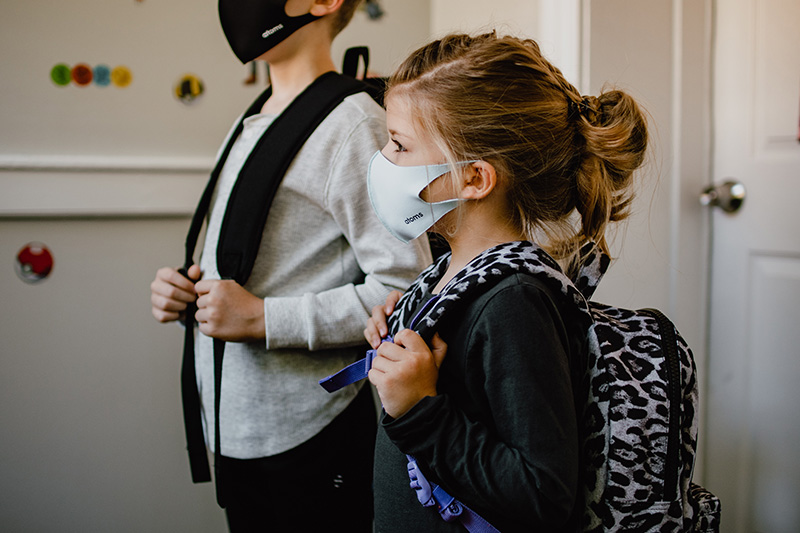
Mammals have evolved another, more basic defense against pathogens: an elevated body temperature relative to that of their environment. As a result, many microbes are unable to survive because they are not adapted to this level of heat.
But what happens when the outside temperature rises and viruses manage to adapt to it?
Arturo Casadevall, chair of molecular microbiology and immunology at Johns Hopkins Bloomberg School points out that our body temperature is like a thermal barrier against many organisms.
Warmer than the surrounding environment, mammals are safe from a large number of pathogens. This includes many microbes that can only survive in cooler climates due to their physiological characteristics and therefore these organisms do not live long when exposed to heated bodies like those of humans.
The changing climate is expected to bring about an increase in diseases that human bodies cannot fight.
COVID-19 and Intensive Care Units
A main problem when it comes to dealing with COVID-19 has been the increase in the use of ICUs (Intensive Care Units). Most countries lack the capacity to deal with a high number of severe cases of COVID-19 at the same time. This has put such a strain on resources that it is difficult to provide the necessary care for patients with the virus, or with other serious health problems.
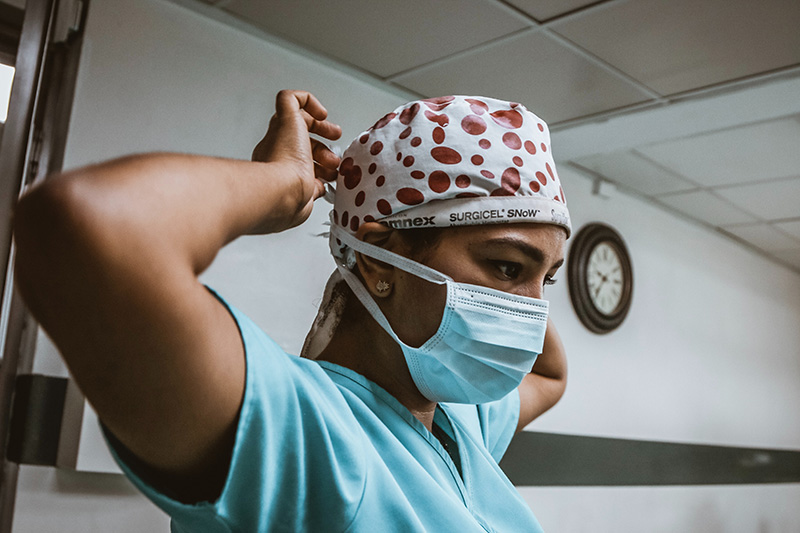
A prime example of how COVID-19 is impacting hospitals is the case of Italy. In the region of Lombardy, which has been one of the hardest hit areas by the virus, hospitals are struggling to cope with the number of patients requiring care. The region has seen a significant increase in the number of ICU admissions, and there is a shortage of ventilators and other medical equipment needed to treat patients with the virus. Hospitals in Lombardy are reporting that they are at full capacity and are having to turn away patients who need care.
A study published by the U.S. National Library of Medicine about the situation in Lombardy shows how being the epicenter of the first wave of COVID-19 was linked to air pollution. This study showed that exposure to PM 2.5 was significantly associated with COVID-19 incidences and the excessive mortality during the first wave of the outbreak in Lombardy, Italy.
PM 2.5 refers to a category of particulate pollutant that is 2.5 microns or smaller in size. The average cross-section of a human hair is 50 microns. PM stands for Particulate Matter.
Can climate action reduce the effects of COVID-19?
The effects of COVID-19 can be greatly reduced if there is enough climate action to reduce greenhouse gas emissions. The World Health Organization (WHO) has already stated that climate change is a public health emergency. The WHO Director-General, Dr. Tedros Adhanom Ghebreyesus, said, “Climate change is the defining issue of our time, and we are at a tipping point.”
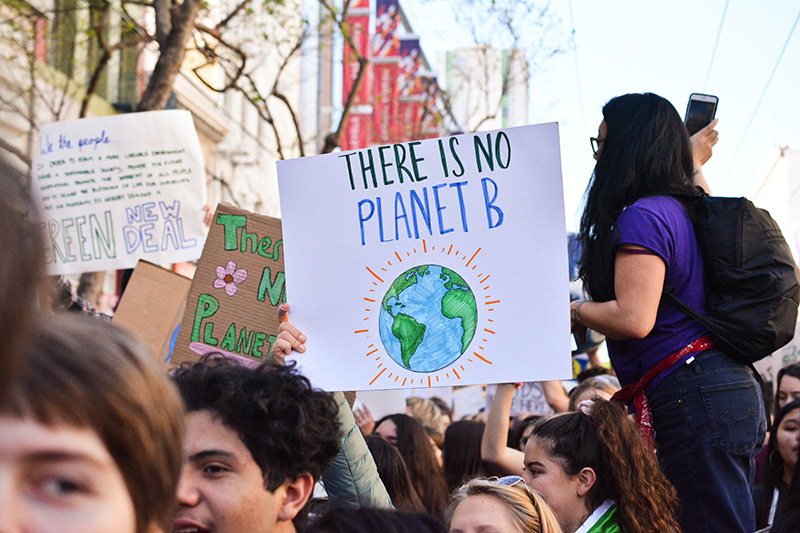
The Director-General is absolutely right, “climate change is the defining issue of our time”. And it is not just an issue for the future, “it’s already impacting our health”. Effective climate action can save many lives and greatly reduce the effects of COVID-19.
Climate change is not just causing extreme weather events such as hurricanes and floods, it is also making us sicker. Air pollution from burning fossil fuels has been shown to be a major contributor to health problems.
The good news is that we can address both climate change and air pollution by switching to clean, renewable energy sources. Currently available options such as solar and wind energy do not produce harmful emissions like carbon dioxide and sulfur dioxide. Nor do they produce dangerous waste products as nuclear power plants do.
Immediate action is required to reduce greenhouse gas emissions and protect our health against the effects of climate change and COVID-19.
Who is working on reducing the effects of climate change?
There are many people and organizations working to reduce the effects of climate change. Some of these are the EPA, the IPCC, the United Nations, NASA, NOAA, and various national governments.
Sadly, the results of these efforts are severely limited due to bureaucracy and a lack of urgency in decision-making. This is why the role of NGOs and environmental movements are so important. Without them there is no push for policymaking to change things more quickly and to tackle these crucial issues at the pace they require.
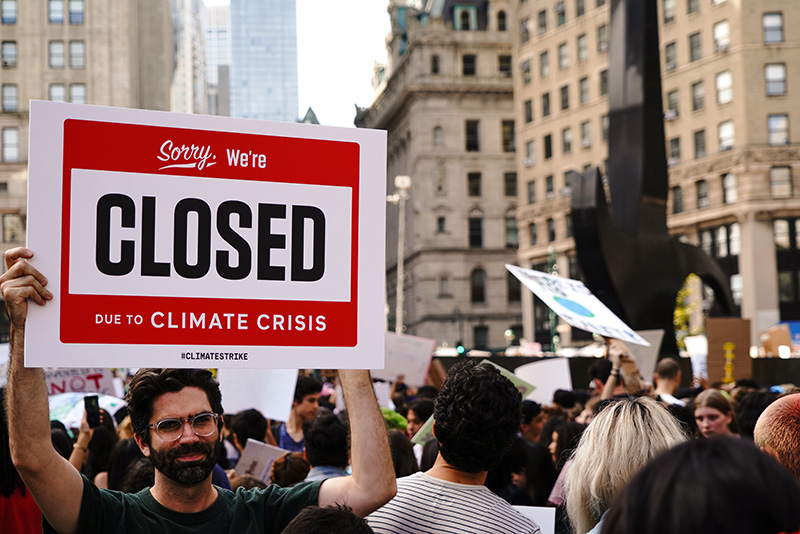
NGOs and movements such as Greenpeace, Extinction Rebellion, and Fridays for Future are the tip of the spear in this fight that affects us all. Unfortunately, the efforts of a few are not enough to deal with the scale of the problems we are all facing.
Conclusion
COVID-19 is a major global health threat that has arisen and flourished with the helping hand of climate change. Its rapid spread around the world is another warning of the many dangers that climate change poses to human populations. We need to take urgent action to address climate change before it is too late.
The solutions to the Climate Crisis and COVID-19 are not simple and there is much work still to be done. However, every day people are joining the call for a healthy planet. Like-minded people from all corners of the world are uniting against those who are destroying our environment and fighting this fight for us.
Change is happening thanks to dedicated people working tirelessly in their free time to solve our biggest problem with the smallest number of resources. Unfortunately, without a genuine commitment from society to support their efforts, these problems will never be solved.
There is a petition asking the European Union leadership to take action on this matter right now. If it gets enough signatures, the game could change completely.
We ask you to help bring about change. By signing this petition, you are uniting your voice with a call for greater support for these changemakers that fight for all our rights.





